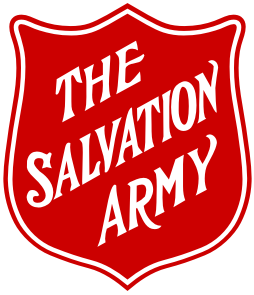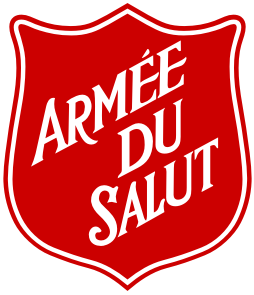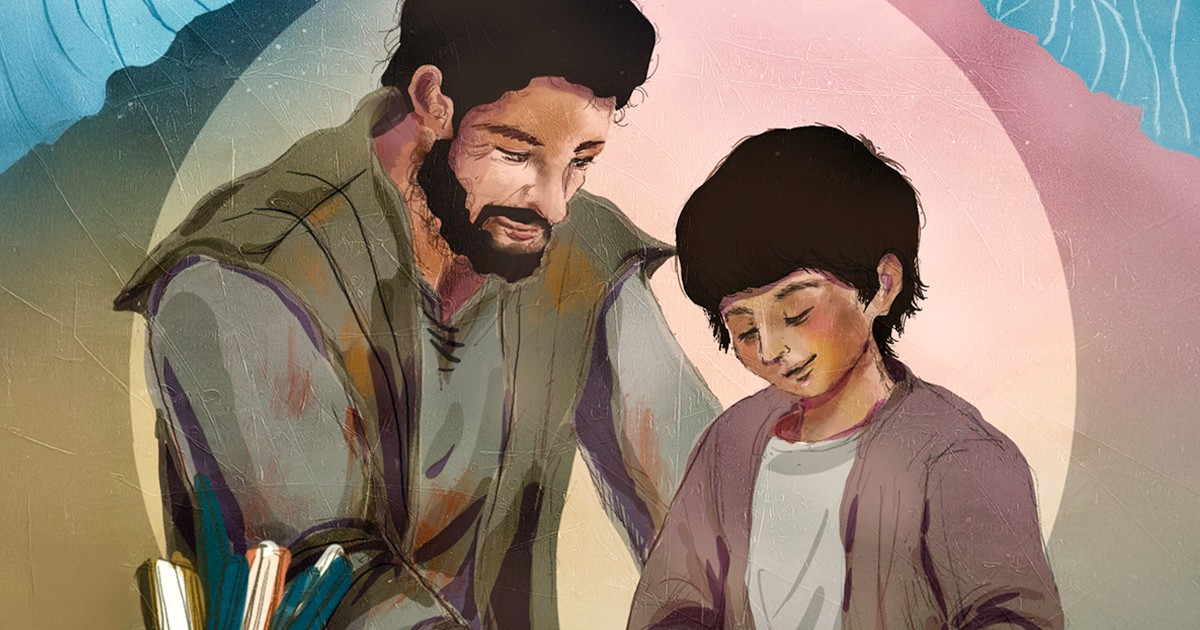In the second of a three-part series, Major Mal Davies talks about the world’s bestselling book—the Bible—and how to understand the genre of what you’re reading and the importance of context.
You might recall high school days when your locker contained a whole heap of books, often hastily thrown in there to the point that they deteriorated in condition and had covers falling off by the end of the year.
Before you went to the next period on your timetable, you’d grab whatever books you needed just for those classes. So, you might grab a novel for English, a math textbook,a history book, a book of poetry or an atlas for geography.
The books were different styles or genres—from the French word for “kind” or “sort.”
Not One Book
The Bible is not one book written by one author. It is a collection of 66 books (more like a library) and it contains books of many different genres. It’s important to understand what genre of book you’re reading to have the proper context for how to read it.
Four books—named after their authors, Matthew, Mark, Luke and John—are biographies that tell of the life of Jesus. They are followed by a history book called Acts; it tells of the “acts” of the followers of Jesus as they started a new religion called Christianity.
The Book of Acts captures a period of about 30 years after Jesus, and it tells of people called apostles starting churches, teaching about Jesus and confronting strong opposition from people who didn’t particularly want a new religion starting.
These apostles would travel a great deal and—long before emails and texting and phones existed—they would write letters to churches to offer them teaching and encouragement. And they would write letters to other church leaders. Many of these letters are in the Bible, giving us very intimate insight into what was said about Jesus and His teachings by people who had known Him.
The Bible is a fascinating collection of books within a book, and knowing what you’re reading can help you come to grips with its timeless truths and advice. Major Mal Davies
Right Living
The first part of the Bible (known as the Old Testament) includes writings that were sacred for the people of Israel and instructional on how they should live—but there are different ways you can be instructional.
The first is that there are books of religious laws, books with titles like Leviticus and Deuteronomy, and then there are books of wisdom and advice, like Proverbs and Psalms. There are also books of lessons on how to live as God wants, written by people called “prophets,” people such as Isaiah and Jeremiah and Hosea and Micah.
All these books helped guide people on right living and right religious practice. There are also history books, like Judges and Joshua and Nehemiah. The Israelites were great students of history and honoured those who had gone before, so these history books helped to capture their culture and key events.
Some books also contained something called prophecy, which is when people—inspired by God—would see visions of future days and would warn the people of what was to come and tell of what God had in store.
The best known of these books is the final one in the Bible, called Revelation. It captures the “revelation” (what was “revealed”) to a man called John, who wrote down what he saw in visions of the end times, still to come.
So, the Bible is a collection of different books written in different genres. It can help your understanding of what you’re reading to know if, for example, it’s history (something that actually happened) or fictional (like the parables or teaching stories that Jesus told) or poetry or a personal letter.
The Bible is a fascinating collection of books within a book, and knowing what you’re reading can help you come to grips with its timeless truths and advice.
Happy reading!
Reprinted from Salvos Magazine (Australia), April 27, 2024 (salvosonline.org.au/salvos-magazine).
Major Mal Davies is a Salvation Army pastor and writer living in Australia.
Photo: JavierArtPhotography/stock.Adobe.com










Leave a Comment